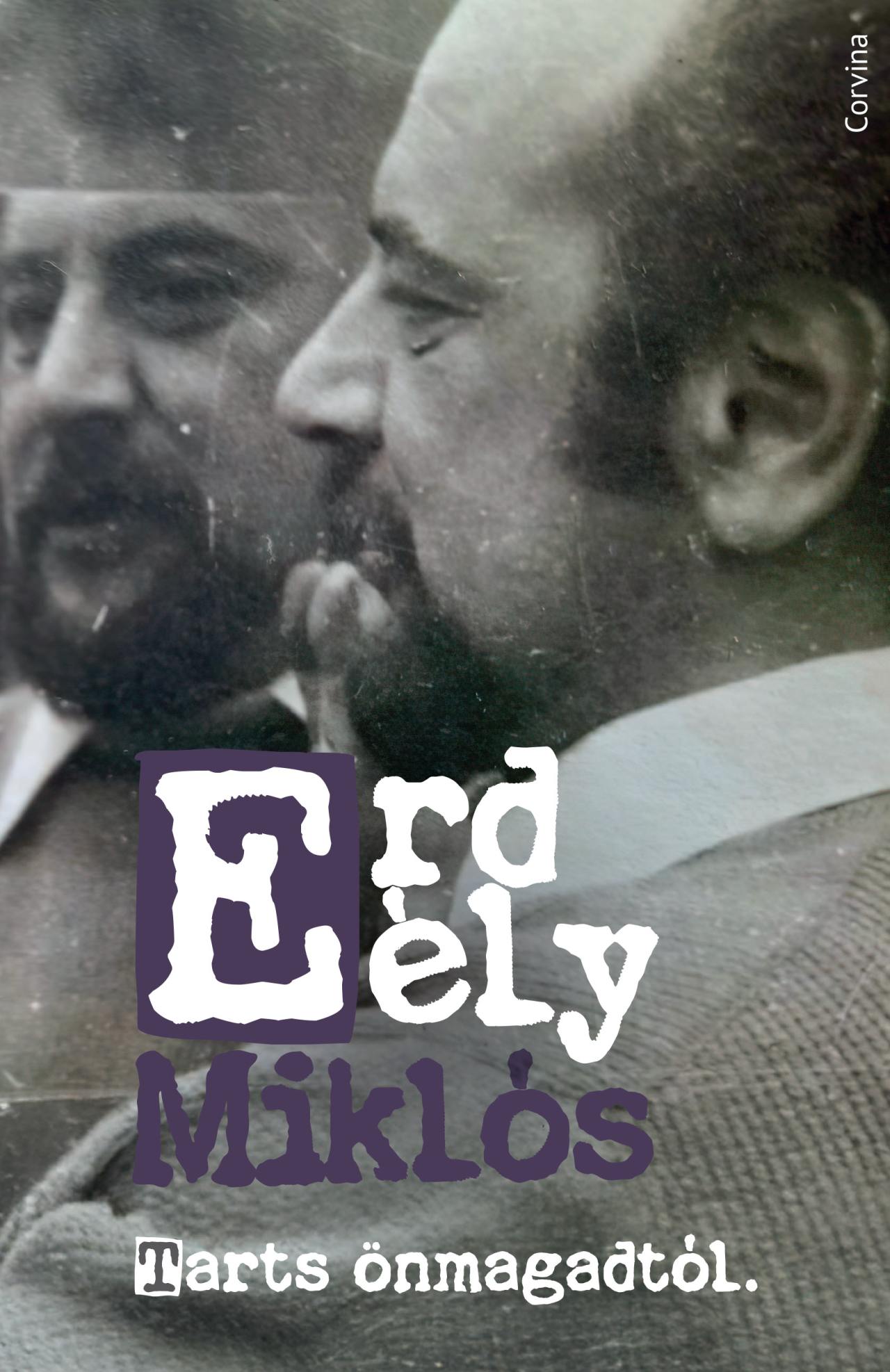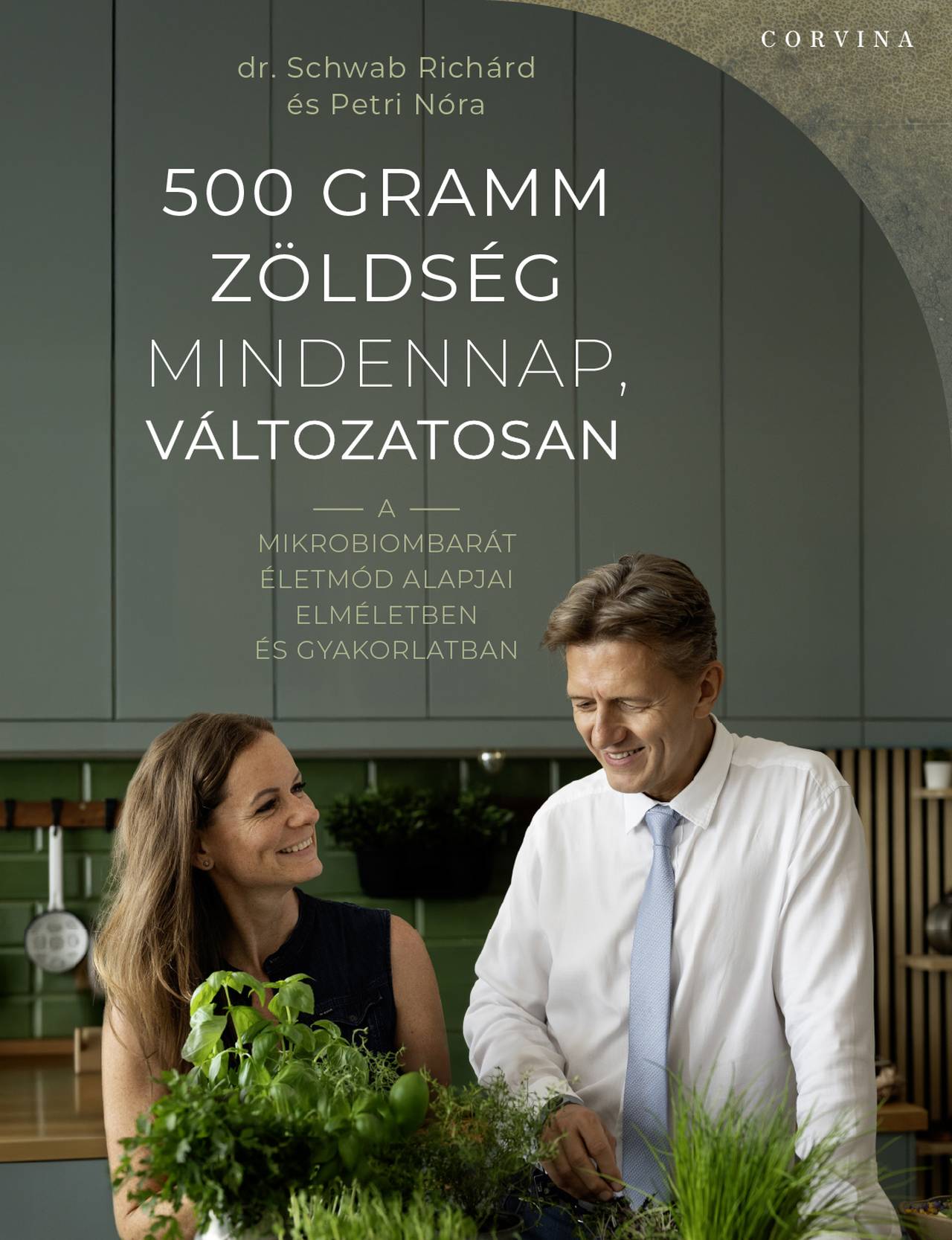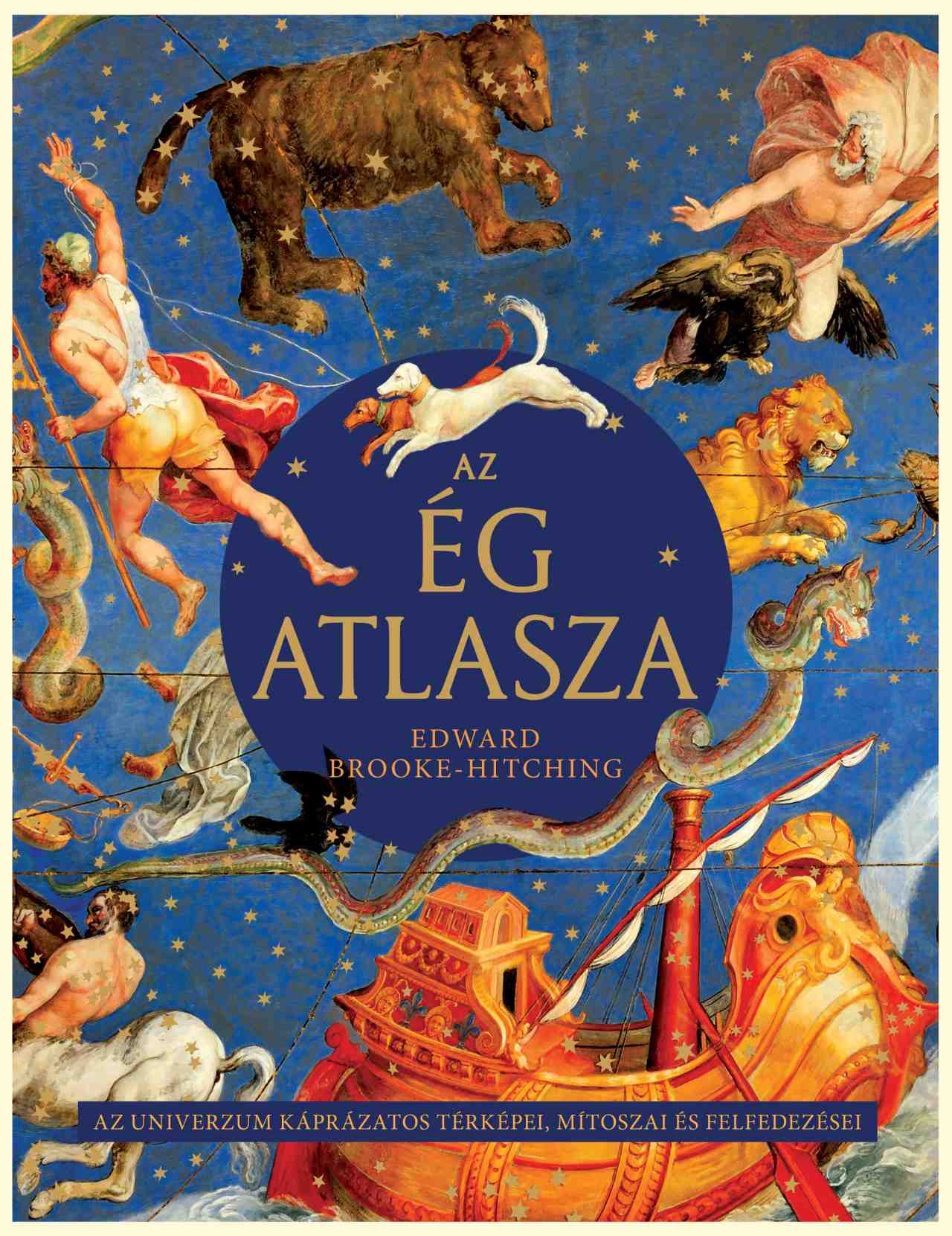
Hungarian Historical Review
“Kedves Hazámfiai, mozdulni kell...” Georgikoni peregrinatio oeconomica a 19. század elején [“Dear fellow countrymen, we must move...” The technological journeys of Hungary’s first college of farming in the early nineteenth century]. By György Kurucz. Budapest: Corvina–Ráday Gyűjtemény, 2020. 303 pp. The practice of international travel went through exponential growth from the early to mid-sixteenth century, but it was perceived as dangerous and frivolous by many intellectual authorities. In order to provide a framework for a possible practice of useful travel, a specific genre emerged in the second half of the century: ars apodemica, normative texts aiming to shape the “art of being abroad.” Young men were to be exposed to the dangers and temptations of foreign travel and to invest both time and extensive resources (their own, their family’s or their sponsors’) only if a clear benefit was in sight. A beneficial travel experience had a dual goal: service to the state and development of the self. Personal development itself was only an intermediary step towards service to the state: thanks to individual’s experience abroad, the state would gain a trained and experienced specialist able to fill crucial roles. Within the development of traveling practices over the following centuries, a key novelty was the emergence of new entities which completed and modified this schema. Service to the supranational Republic of Letters, learned societies, and particular institutions could complement or, indeed, replace the idea of traveling in the service of the nation. György Kurucz’s monograph tackles one such case, drawing on a corpus of international significance. The Georgikon school of agricultural studies of Keszthely, founded and directed by members of the Festetics family, was an institution of European importance. In order to keep up with innovations abroad and to maintain essential interpersonal and scholarly networks, the school regularly sent students and also staff on European trips. The book tackles the most extensive of these expeditions, the 1820–1825 peregrinatio oeconomica of two teachers, physician Pál Gerics and horticulturist József Lehrmann, using the large amount of materials in diverse genres (instructions, journals, reports, correspondence) resulting from these trips. One of the strongest features of the book is the careful distinction between these various writings: Kurucz is careful to consider which text targeted which audience. Finding a format that does justice to the practice discussed and acknowledges the work that remains to be done must have been a difficult task. The structure of the book is one possible solution. After an introductory chapter, Chapter BOOK REVIEWS Hungarian Historical Review 571 2 sketches the immediate local and national intellectual context, followed by a chapter (which offers a welcome range of international parallels) on the genre and practice of instructions for travel. A central chapter describes the journey step by step, helpfully complemented by maps of the itinerary of the two scholars (who sometimes traveled together and sometimes parted ways) on the inner cover at the beginning and end of the book. The last two chapters shed light in particular on two types of interactions and experiences at various stages of the journey: Chapter 5 provides an excellent summary of all things related to innovation in agriculture and related fields; Chapter 6 tackles what relates to the human experience of such a journey. The book comes to an end with a quick conclusion which mostly highlights the extensive work yet to be completed. While this structure is logical, I was left uncertain about some of the editorial decisions regarding the length of the various chapters. The central chapter, which presents the trip itself, stands out. It is a 96-page behemoth, without any subchapters, giving a quick summary of every stop the travelers made. The subsequent chapters provide a more detailed analysis of the main centers of interest at various stages of the trip (agrarian innovations and the human aspects of travel). Since these survey chapters are present, would it not have been possible to shorten (or even do away with) the central chapter and to extend the chapters which contain analyses? Particularly the last chapter on the human element (described here as “sentimental journey,” a term I do not necessarily find appropriate) flits a little too quickly through multiple topics, including meetings and networks, infrastructure, and curiosity concerning politics and religion, etc. Breaking up chapters into subchapters would have increased the book’s readability, as would have a more extensive index featuring key subjects at the end of the book. The volume is richly illustrated with relatively contemporary illustrations of the places visited and some key persons. These illustrations provide some sense of “getting closer,” but ultimately, they remain only decorative; at times the link between the illustration and the text is tenuous. While the surviving material is of exceptional depth, the trip taken by Gerics and Lehrmann has some parallels. Chapter 3 explores comparisons of a range of instructions for and practices of travel. To complement this, I would suggest two additional paths to be explored for further research. One of these paths revolves around schools, and especially schools of technical education, to which both teachers and advanced pupils regularly traveled: by the late eighteenth century, this had become regular practice in the cases of two major French schools of engineering, the École des Ponts et Chaussées and the École des Mines. Another 572 Hungarian Historical Review BOOK REVIEWS possible comparison would be the tradition of instructions for “patriotic” travel, or in other words journeys which were expected to serve the improvement of the nation (and, ultimately, humankind) through the scientific knowledge gained by the travelers. This corpus grew out of two traditions discussed in the book, that of travel instructions issued by learned societies and the Göttingen tradition of traveling methodology; however, it went even further in developing a meticulous methodology of observation, often using tables of observation. The best-known example is Moravian aristocrat Leopold Berchtold’s influential An Essay to Direct and Extend the Enquiries of Patriotic Travellers (London, 1789), considered a “total” methodology of travel. The work on the Georgikon traveling practices clearly merits further exploration. Some aspects of these practices would be of interest to historians of agriculture, while others would be of interest to historians of education, intellectual historians, and specialists on travel. Kurucz’s monograph attempts to cater to all these audiences at once, and even to the general public, as shown by its use of illustrations. This ambition comes with some challenges. Nevertheless, the volume is a fitting tribute to the major endeavor it presents, and its findings should be shared with an international audience. Gábor Gelléri Aberystwyth University
2021-07-27 18:23:08
|
 |
|
|
Erdély Miklós életében csupán egyetlen vékony kötet jelent meg Kollapszus orv. címmel 1974-ben, a párizsi Magyar Műhely gondozásában, illetve később kiadtak egy második kötetet is, majd...
|
|
|
Az 50+-os generáció többségét már elérik a civilizációs betegségek: például a túlsúly, a vérnyomásproblémák vagy az ízületi és emésztési panaszok. Az utóbbi tíz esztendőben egyre...
|
|
|
Az 50+-os generáció többségét már elérik a civilizációs betegségek: például a túlsúly, a vérnyomásproblémák vagy az ízületi és emésztési panaszok. Az utóbbi tíz esztendőben egyre...
|
|
|
Fordította: Németh Anikó Annamária
Az ég atlasza kozmikus térképek, történetek, festmények és tárgyak gyűjteménye, amely segít megismernünk az emberiségnek az éggel és a távoli világokkal összefüggő fantáziáit és...
|
|












